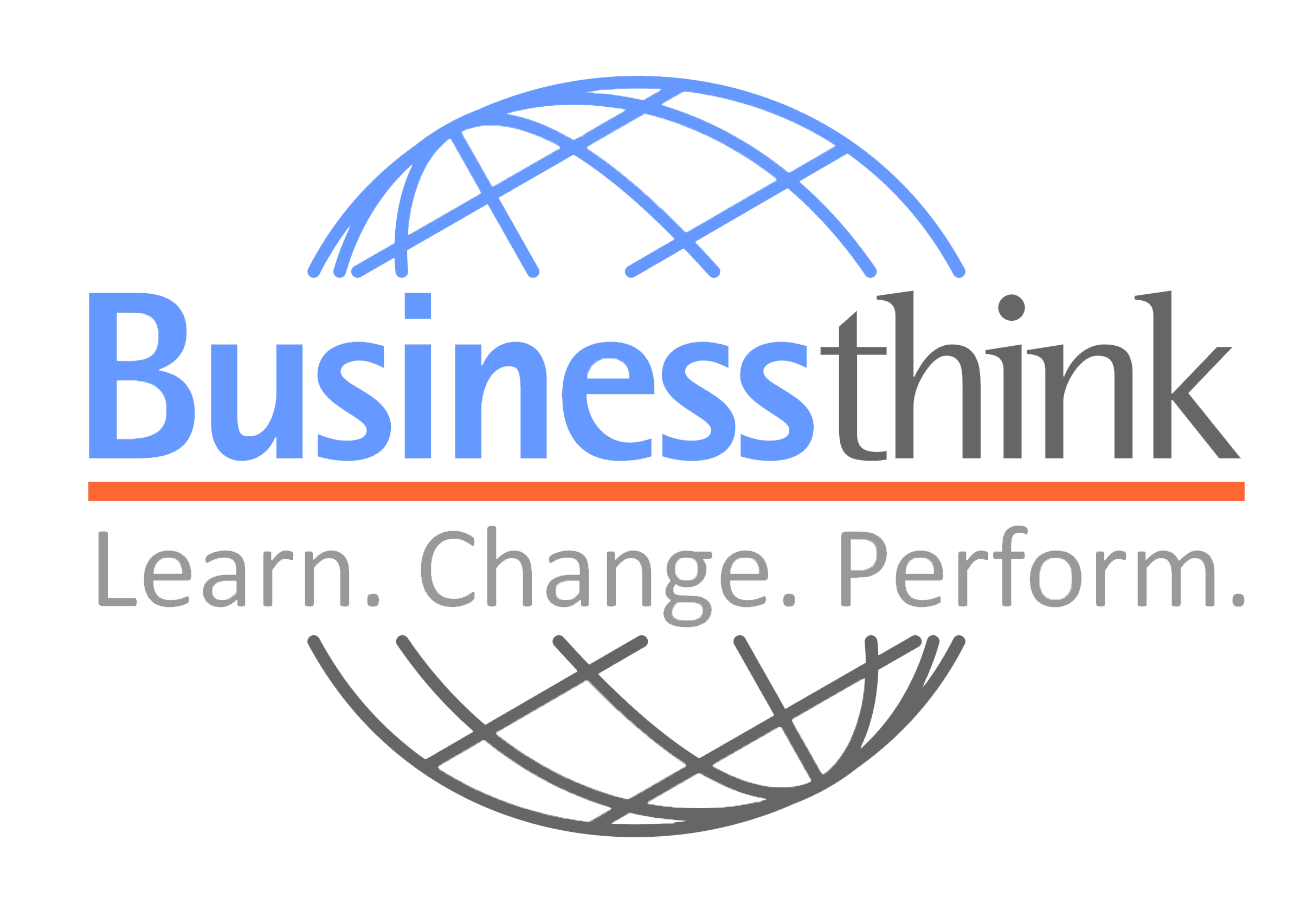
Strategic thinking is a vital skill for individuals and organizations to possess. It involves the ability to analyze complex problems, identify potential opportunities, and make decisions that have a significant impact on an organization’s success. The seven pillars of strategic thinking provide a framework for approaching strategic planning with a clear and structured methodology. In this article, we will explore each of the seven pillars in detail and explain how they can be applied to achieve success.
Analytical Thinking
Analytical thinking is the foundation of strategic thinking. It involves the ability to break down complex problems into smaller, more manageable parts and analyze each part separately. Analytical thinking helps individuals and organizations to identify patterns, relationships, and opportunities that may not be immediately apparent.
To apply analytical thinking, individuals and organizations must be able to gather and analyze data effectively. This data can come from a variety of sources, including market research, financial reports, and customer feedback. By applying analytical thinking, individuals and organizations can make informed decisions that are based on a comprehensive understanding of the situation.
Innovative Thinking
Innovative thinking is the ability to generate creative and unconventional solutions to problems. It involves thinking outside of the box and considering alternative approaches to achieving a goal. Innovative thinking helps individuals and organizations to identify unique opportunities and differentiate themselves from competitors.
To apply innovative thinking, individuals and organizations must be willing to take risks and embrace new ideas. This may involve experimenting with new technologies, processes, or business models. By applying innovative thinking, individuals and organizations can develop breakthrough solutions that can have a significant impact on their success.
Intuitive Thinking
Intuitive thinking is the ability to make decisions based on instinct and intuition. It involves trusting one’s gut feeling and making decisions based on a combination of logic and intuition. Intuitive thinking helps individuals and organizations to make quick decisions in fast-paced environments.
To apply intuitive thinking, individuals and organizations must be able to trust their instincts and rely on their experience and knowledge. This may involve taking a calculated risk or making a decision based on incomplete information. By applying intuitive thinking, individuals and organizations can make decisions quickly and effectively, even in high-pressure situations.
Futuristic Thinking
Futuristic thinking is the ability to envision and plan for the future. It involves considering long-term trends and anticipating changes that may occur in the future. Futuristic thinking helps individuals and organizations to prepare for potential challenges and opportunities.
To apply futuristic thinking, individuals and organizations must be able to identify long-term trends and develop scenarios for the future. This may involve conducting research and engaging in foresight exercises. By applying futuristic thinking, individuals and organizations can develop strategies that are resilient and adaptable to future changes.
Systems Thinking
Systems thinking is the ability to view problems and opportunities as part of a larger system. It involves considering the interrelationships and dependencies between different parts of the system. Systems thinking helps individuals and organizations to identify leverage points and opportunities for intervention.
To apply systems thinking, individuals and organizations must be able to map out the system and identify its components and relationships. This may involve using tools such as causal loop diagrams or system maps. By applying systems thinking, individuals and organizations can develop solutions that are holistic and sustainable.
Collaborative Thinking
Collaborative thinking is the ability to work effectively with others. It involves sharing ideas, knowledge, and resources to achieve a common goal. Collaborative thinking helps individuals and organizations to leverage diverse perspectives and skills.
To apply collaborative thinking, individuals and organizations must be able to communicate effectively and build relationships based on trust and respect. This may involve engaging in brainstorming sessions, working in cross-functional teams, or partnering with external stakeholders. By applying collaborative thinking, individuals and organizations can develop solutions that are inclusive and impactful.
Ethical Thinking
Ethical thinking is the ability to consider the ethical implications of decisions and actions. It involves considering the impact on stakeholders, society, and the environment. Ethical thinking helps individuals and organizations to build trust and reputation and make decisions that align with their values.
To apply ethical thinking, individuals and organizations must be able to identify ethical issues and conflicts and evaluate the options from an ethical perspective. This may involve developing a code of conduct or consulting with stakeholders. By applying ethical thinking, individuals and organizations can ensure that their decisions and actions are responsible and sustainable.
Action-oriented Thinking
Action-oriented thinking is the ability to turn ideas into action. It involves developing a clear plan of action and taking steps to implement it. Action-oriented thinking helps individuals and organizations to achieve results and make progress towards their goals.
To apply action-oriented thinking, individuals and organizations must be able to prioritize and execute tasks effectively. This may involve developing a project plan, delegating tasks, and monitoring progress. By applying action-oriented thinking, individuals and organizations can turn ideas into reality and achieve tangible results.
Contextual Thinking
Contextual thinking is the ability to understand the broader context in which decisions and actions are taken. It involves considering the cultural, social, and economic factors that may impact the situation. Contextual thinking helps individuals and organizations to make informed decisions that are appropriate for the situation.
To apply contextual thinking, individuals and organizations must be able to research and analyze the cultural, social, and economic factors that are relevant to the situation. This may involve engaging with local stakeholders or consulting with experts. By applying contextual thinking, individuals and organizations can develop solutions that are sensitive to the local context and have a higher chance of success.
Conclusion
Strategic thinking is the ability to combine all of the above pillars to develop a comprehensive and integrated approach to achieving goals. It involves considering the big picture and developing a long-term vision. Strategic thinking helps individuals and organizations to stay ahead of the curve and adapt to changing circumstances.
To apply strategic thinking, individuals and organizations must be able to integrate analytical, innovative, intuitive, futuristic, systems, collaborative, ethical, action-oriented, and contextual thinking. This may involve developing a strategic plan, engaging in scenario planning, and monitoring progress towards the long-term vision. By applying strategic thinking, individuals and organizations can achieve success in a rapidly changing and complex world.
In conclusion, the seven pillars of strategic thinking provide a comprehensive framework for approaching strategic planning. By applying analytical, innovative, intuitive, futuristic, systems, collaborative, ethical, action-oriented, contextual, and strategic thinking, individuals and organizations can make informed decisions, achieve results, and stay ahead of the curve. Strategic thinking is a critical skill for individuals and organizations to develop because it provides a structured methodology for making complex decisions and achieving success.

